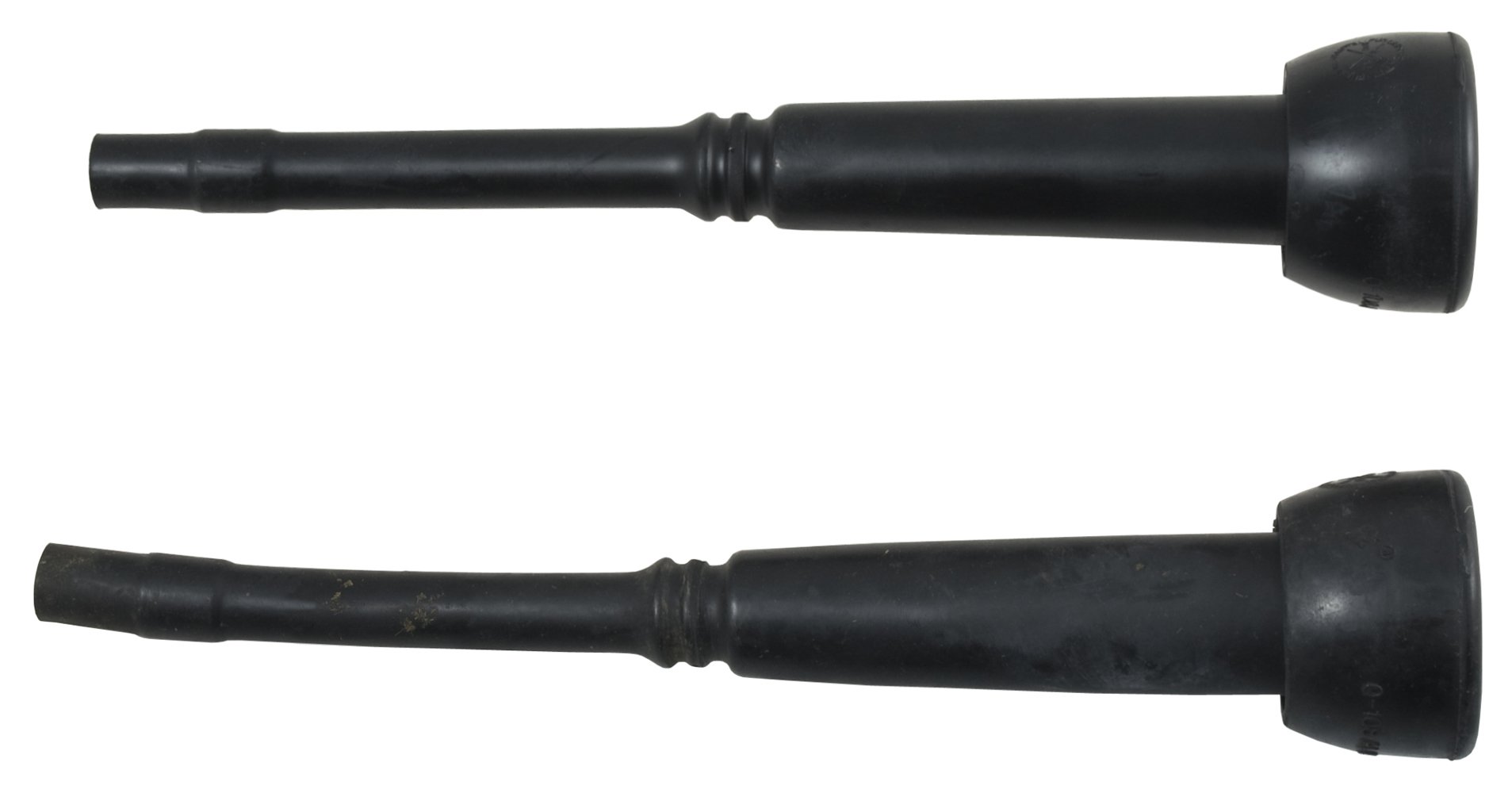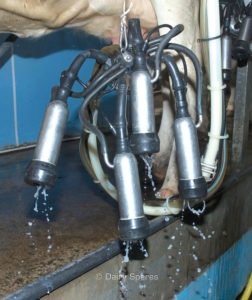
Published 13.10.2016
It could be false economy to cut costs in the milking parlour this winter and there could even be some opportunities to make improvements. Our Technical Manager, Tim Evanson, looks at some of the issues.
There is always a need to economise on costs wherever possible. But be aware that certain cost saving actions in the milking parlour could compromise its working efficiency and be detrimental to cow health and performance – and ultimately increase costs in the long run.
“While the main focus may be to cut costs, it’s also important to protect the milk cheque by ensuring an efficiently working parlour which milks cows out effectively, and a good hygiene set up to ensure milk quality does not falter,” explains Mr Evanson. “An all-round approach is needed,” he suggests.
“It is false economy to neglect regular maintenance of the parlour and milking equipment. The pulsation and vacuum level should be checked regularly. A basic check of the vacuum level and pulsation should be made before each milking, and a more detailed pulsation test made at each service visit.
“And if the manufacturer recommends that the parlour is serviced three times a year, then don’t put off doing this. If parts are wearing, prompt replacement is needed to prevent a bigger bill later and a fall in milk quality.
“Take liners, for example. The liner is the only part of the milking parlour that actually comes into contact with the cow. Their condition impacts on teat-end condition and udder health.
“Milking liners made from conventional rubber materials will need to be replaced after 2,500 to 3,000 milkings. Some newer materials have a longer working life, e.g. TiMEPRO liners are recommended for 3,000 milkings.
Milk liner changes
“Don’t try and make liners last longer than they should,” warns Mr Evanson. “They might go an extra month, but what are the unseen problems? As they wear, cracks form in the rubber and can harbour bacteria, increasing the risk of mastitis, which may reduce future production potential.
“Also, as liners age, they lose their shape and elasticity. This impacts on their efficacy – milking out takes longer and is not as thorough. This can be detrimental to teat-end condition and may result in loss of milk yield” he warns.
“As with any replacement parts, there’s money to be saved by shopping around – the quality of alternate type liners has improved significantly over recent years.
“If a liner has split, then replace all the liners in that claw. So there’s no imbalance.
Milk filters
“The milk filter is another element in the parlour which affects its performance and has a direct impact on physical milk quality. If herd size or yields have increased since the filter was first installed, then check its size and the quality of the filter.
“Failure to ensure milk filters in parlours are adequate for the volume of milk throughput can result in either poorer milk quality or the extra hassle of changing filter socks partway through milking. Make sure the filter can handle the flow and is strong enough for the job”
“To keep milk price in, at least, the same payment band, then any economising in the parlour must not be to the detriment of milk quality. Routine cleaning procedures still need to be followed, liners replaced as recommended, and gloves worn for milking.
“Additionally, to help prevent cross-contamination of mastitis bacteria between cows, there are a variety of cluster flushing systems available which automatically disinfect clusters between animals.
Care with chemicals
“Take care with the choice of chemical products and their use. Hypochlorite is a relatively low cost chemical to buy. But if it’s not diluted correctly it can be detrimental to rubber components!
“Also, a growing number of farms are using Peracetic acid as a biocide in the final rinse. While being highly effective, ensure your milking components are compatible with peracetic acids.
“So make sure the right chemical for the parlour is being used, at the right dilution and at the correct temperature, as per manufacturer’s instructions. And check this especially when switching to a different brand of chemical.
Saving energy
“When it comes to opportunities to cut the electric bill the advice is simple – if something’s electrical and it’s not in use, then turn it off!” advises Mr Evanson.
“Longer term, significant savings in electricity of up to 60% may be possible by installing a variable speed drive on a vacuum pump. In conventional systems where the vacuum pump may account for up to 25% of the energy usage it is a figure worth considering – the electric drive motor runs at a constant speed and the amount of vacuum is controlled by a regulator letting in more or less air.
“With a variable speed drive, the process is much more efficient as the vacuum is created according to the varying vacuum demands throughout the milking and washing processes. This can also save on vacuum pump maintenance and oil consumption, and help reduce noise too.
“Similarly, installing a variable speed drive milk pump will reduce electrical consumption and save on maintenance costs. Also, milk will pass through the plate cooler at a more constant and slower average speed, enabling more efficient cooling which is of benefit to milk quality.”
“However, farmers should note that installing a variable speed milk pump may increase the amount of water required for cooling, and additional storage may be required to ensure this extra water is stored and reused for drinking troughs and washing down.
“Another possible opportunity to save money and improve efficiency of the parlour is to check the temperature of the water used in the washing process. Don’t just look at the heater gauge – but measure the water in the wash trough with a thermometer or adhesive thermal strip on pipes around the parlour. Does the temperature gauge need to be set lower or higher? Water can also be too high for chemical usage, as well as not hot enough.
Feeder calibration
“If feeding concentrate in the parlour, then the feeders need to be calibrated to ensure that cows are not being under or overfed. As a routine, each bank of feeders should be calibrated with each new delivery of concentrate. At least once a year, feeders should be individually calibrated.
Holistic approach
“When looking to trim costs off production, there are some cost-saving opportunities in the milking parlour. But it’s important to ensure that when economising with different products or practices, it does not compromise the longer term working efficiency of the parlour, nor be detrimental to udder health and cow performance,” adds Mr Evanson.




